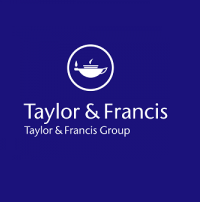Abstract
Tartrazine is an azo food dye, orange-coloured and water soluble that usually used in foods, pharmaceuticals, cosmetics, and textiles. Tartrazine possess adverse health effect to human such as hyperactivity in children, allergy and asthma. Joint FAO/WHO Expert Committee on Food Additive (JECFA) and EU Scientific Committee for Food (SCF) standardized the acceptable daily intake (ADI) for Tartrazine is at 7.5 mg kg1 body weight. Many researchers have been detected the presence of Tartrazine for monitoring the quality and safety of food products. In this review paper highlighted various detection and extraction methods of Tartrazine. Some of the analytical methods are available such as high performance liquid chromatography (HPLC), electrochemical sensor, thin-layer chromatography (TLC), spectrophotometry, capillary electrophoresis and liquid chromatography-tandem mass spectrometry (LC-MS). As extraction steps are discussed: liquid-liquid extraction (LLE), solid-phase extraction (SPE), membrane filtration, cloud point extraction and other extraction method. Also, brief overview explained the synthesis process and metabolism of Tartrazine and the maximum permitted level in different countries. This review paper will give insight scenario on different extraction and analytical methods for determination of Tartrazine on healthy food among public attract attention on food safety and quality which can provide incalculable interest to food industry and government bodies.








